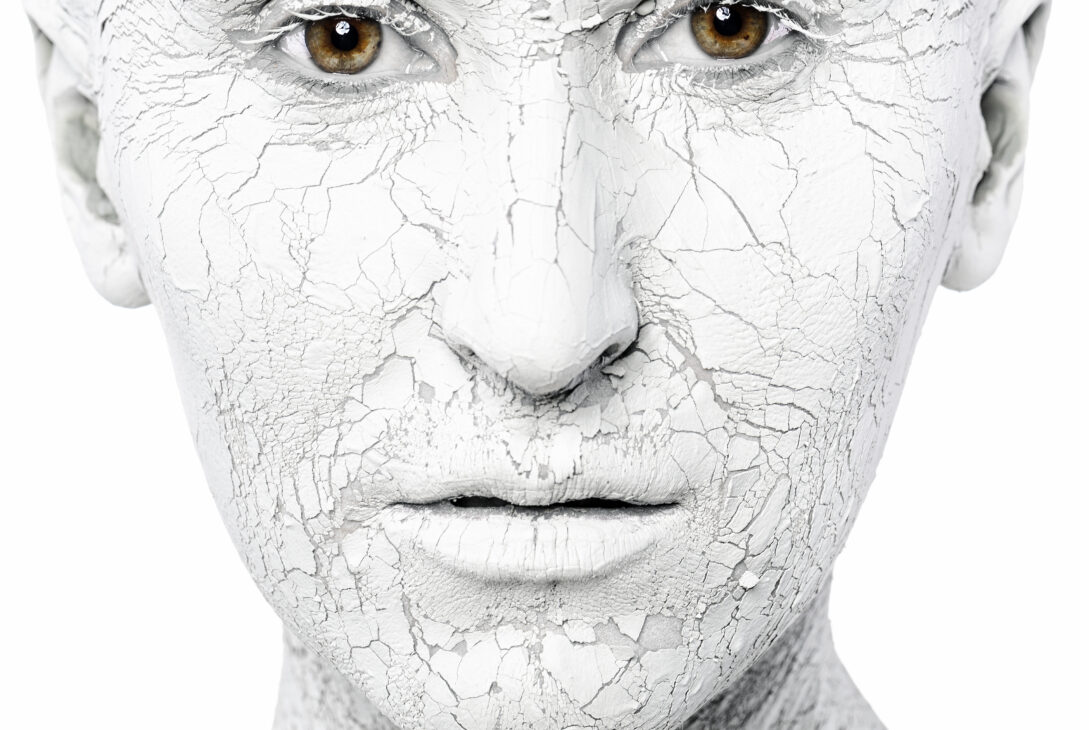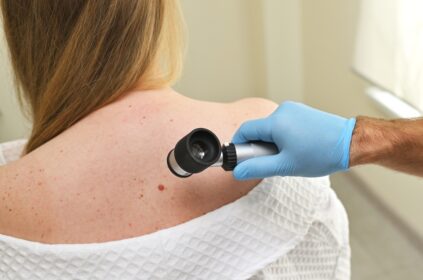The US CDC lists melanoma as one of the most common forms of cancer, killing over 8,000 people in the nation each year. It is especially difficult to treat once it has spread.
A new study published November 2024 in Science Daily finds that sending suspicious skin growths to off-site specialists is as accurate as having a dermatologist examine them in his or her office.
The authors of the study believe their findings indicate that the technology may eliminate many of the disparities in low-income communities where there is limited access to dermatologists as well as to expedite discovery of the patient’s cancer.
SpotCheck
The researchers call the new system SpotCheck. It allows skin cancer specialists to examine skin lesions from a remote location below the surface of the skin. The technology is called dermoscopy. It is an established system connected to magnifying lens.
The NYU Langone and Perlmutter Teams used to examine 375 images contributed by volunteers who were concerned that blemishes on their skin could be cancerous. Based on reports by demoscopic experts who examined all images, a 91% accuracy was attained.
Later biopsies performed by dermatologists in a doctor’s office showed an accuracy of 93 percent.
About the Research
A total of 147 women and men responded to a newspaper due to their concern about suspicious skin lesions. Questionnaires were distributed asking for family history as well as their own personal history and a description of the suspected lesion.
The survey was followed by a physical exam, use of the appearance of the blemish as well as a demascope for diagnosis. A biopsy would be performed if needed.
The researchers found after a biopsy that 97% of the lesions that were evaluated were benign.
It is noteworthy that the dermatologists who examined the patient in their office and the dermatologists who conducted an examination relying on photos and dermoscopy, found 11 out of 13 skin cancer cases plus two melanomas.
Additionally, 90% of the patients responded that they were satisfied with their telemedicine experience while one-fifth reported that they preferred h telemedicine exam over making an appointment to see a specialist.
The next stage for the research team is to identify communities with high rates of melanoma for deployment of SpotCheck. It is important for all participants to understand that the tool has been created to assess certain skin concerns. It is not to be thought of as a substitute for a full-body check conducted in a doctor’s office.
The study participants were asked to limit their concerns to three lesions.
Source: Science Daily
Editor’s Note: Get Involved
Cancer doesn’t discriminate. WHATNEXT and its partners are interested in amplifying the voices of those from all identities and backgrounds. If you have a cancer journey to share, reach out here to learn more about how your voice can help spread awareness and inspire individuals from all walks of life.
Last modified: March 25, 2025











